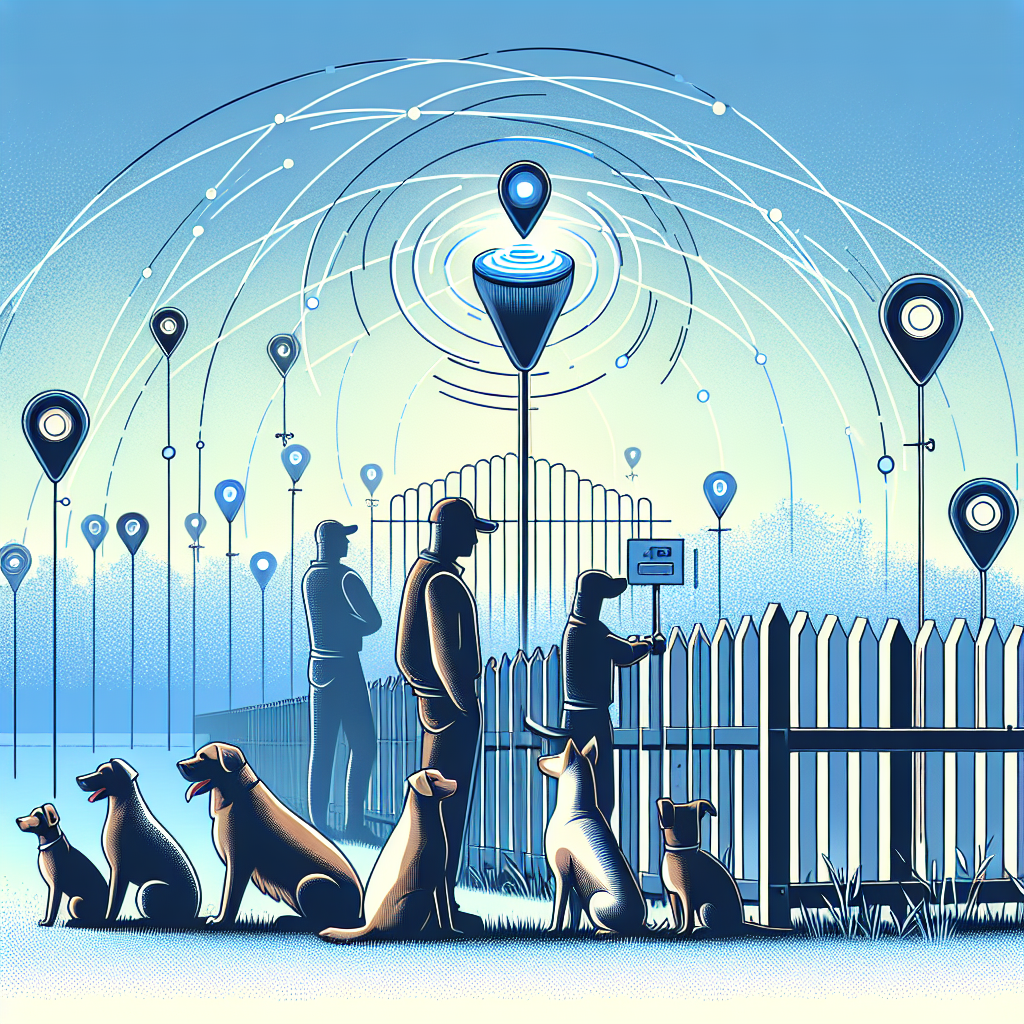
Top Training Tips with a GPS Dog Fence System
Share
Top Training Tips with a GPS Dog Fence System
Providing your dog with freedom to explore while keeping them safe can sometimes feel like an impossible balancing act. Fortunately, modern technology offers pet owners an effective solution through GPS dog fence training. By combining gentle yet reliable boundaries with smart training strategies, you can teach your dog to enjoy off-leash freedom without the worry of them wandering too far. In this post, we’ll explore the top training tips to successfully use a GPS dog fence system and recommend one of the best systems available today.
What is GPS Dog Fence Training?
GPS dog fence training is a method of teaching your dog to respect invisible boundaries set by GPS technology instead of relying on physical fences. Unlike traditional underground or wired fences, a GPS-enabled dog fence allows you to create customizable play zones for your dog. These zones are defined through a GPS signal and can easily be adjusted based on your needs, whether you’re in your backyard, the park, or even on vacation.
Why Choose GPS Dog Fence Training?
GPS dog fences have become increasingly popular for dog owners for several reasons:
- Portability: Easily take your system anywhere without the need for installation.
- Flexibility: Redefine boundaries anytime and create large or small play spaces.
- Training opportunities: A great tool to teach off-leash obedience and safety.
- Cost-effectiveness: Much more affordable than building physical fences or kennels.
- Safety: Keeps dogs secure with real-time GPS boundaries instead of risky guessing games.
Top Training Tips for Success with a GPS Dog Fence System
To make the most out of your GPS dog fence system, consistent training is the key. Below are some effective strategies for introducing and training your dog.
1. Start with Short Training Sessions
When introducing your dog to GPS dog fence training, keep sessions brief—about 10 to 15 minutes. Dogs learn better with short, consistent bursts of practice instead of long and overwhelming sessions. Over time, gradually increase the duration until they fully grasp the concept of respecting the new boundaries.
2. Use Positive Reinforcement
Rewarding your dog with treats, praise, or playtime after they respect the boundary helps reinforce the desired behavior. Positive reinforcement helps dogs build a positive association with staying inside the safe zone rather than viewing the system as a punishment tool.
3. Walk Your Dog Along the Boundary
It’s important for your dog to become familiar with the new invisible limits. Walk your pet on a leash around the perimeter of the GPS fence zone so they can understand where the boundary begins and ends. Repeat this step several times a day for best results.
4. Introduce the Collar Gradually
Some dogs may not be used to wearing a training collar. Allow your pet to wear the collar for short periods of time each day before activating the training mode. This step helps them become comfortable with the feel of the collar without associating it solely with correction.
5. Use Gentle Correction When Needed
A GPS fence system often uses beeps, vibrations, or static corrections to notify your dog when they’ve crossed the boundary. Always start with gentle settings and only escalate as necessary. Pair gentle corrections with consistent redirection and positive reinforcement to achieve lasting results.
6. Be Consistent
Consistency is the most important aspect of GPS dog fence training. Make sure all family members are on the same page and use the same verbal commands, training cues, and reward system. Mixed signals may confuse your dog and slow down the learning process.
7. Gradually Increase Off-Leash Time
As your dog becomes reliable within the GPS boundary, you can start allowing them to run off-leash for longer periods. Begin with supervised play sessions, gradually moving toward independent play as your confidence in their training grows.
Common Mistakes to Avoid in GPS Dog Fence Training
- Skipping boundary introductions: Never assume that your dog will naturally understand invisible boundaries.
- Using corrections too harshly: Always start with the least corrective approach possible.
- Neglecting rewards: Corrections alone don’t teach behavior—always reinforce good habits with positive feedback.
- Expecting immediate results: Just like any training, GPS dog fence training takes time and repetition.
Best Product for GPS Dog Fence Training
Choosing the right equipment is crucial for successful training. One excellent option is the Premium Wireless GPS Pet Containment and Training Collar - Waterproof Safety System for Dogs. This system provides customizable GPS boundaries, waterproof durability, and multiple training modes (sound, vibration, and safe static correction). It’s designed for portability, making it a perfect fit for both home and travel use.
Why This GPS Dog Fence System Stands Out
- Waterproof and weather-resistant construction for all outdoor conditions.
- Safe correction levels to train without overwhelming your dog.
- Adjustable boundary settings for small yards to large properties.
- Portable design to use anywhere you go.
- Simple and effective setup without underground wires or complicated installation.
Final Thoughts
GPS dog fence training can be life-changing for both you and your dog. It provides a safe balance between freedom and security while giving you peace of mind knowing your pet is protected. By following consistent training steps, rewarding good behavior, and gradually teaching your dog how to respect the boundaries, you can ensure a smooth and successful training experience.
For pet owners looking for the best results, investing in a reliable system such as the Premium Wireless GPS Pet Containment and Training Collar - Waterproof Safety System for Dogs will give you the tools you need to achieve safe and effective GPS dog fence training for your furry friend.
Meta description: Discover the top training tips for GPS dog fence training and learn how to keep your dog safe with effective strategies and recommended systems.
```